Safe Childbirth Ptayer
Japanese Childbirth Culture
I Have Reached My 18th Week!安産祈願 (Safe Childbirth Prayer) in Japan
At 18 weeks, I have entered what is called the stabilized period (安定期) in Japan, which is around the fifth month of pregnancy. During this time, many pregnant women visit a shrine on a special day called “Inu no Hi” (戌の日, Day of the Dog) to pray for a safe childbirth.
(However, it is not mandatory to visit a shrine, nor does it have to be on “Inu no Hi.”)
1. What is “Inu no Hi”?

Photo spot
The tradition of Inu no Hi originates from the belief that dogs symbolize safe childbirth because they:
• Give birth to many puppies at once
• Have short and smooth deliveries
In Japan, we follow the Chinese zodiac system, where each year is associated with an animal. (By the way, this year is the Year of the Dragon!)
Not only years, but also months and days are assigned a zodiac animal. The cycle repeats every 12 days, meaning that “Inu no Hi” comes once every 12 days.
2. “Hatsuho-ryo” – Offering Fee for the Prayer
If you choose to have a purification ceremony at a shrine, you are expected to offer a monetary donation called “Hatsuho-ryo” (初穂料).
• The typical amount is between ¥5,000 and ¥10,000.
• It is traditionally placed in a special ceremonial envelope (Noshi-bukuro, のし袋).
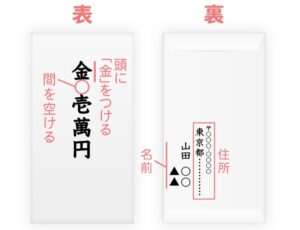
Different Types of Noshi-bukuro
There are various types of ceremonial envelopes in Japan:
• Red and white ribbon (Mizuhiki, 水引き) → Used for celebrations, such as weddings and prayers.
• Black and white ribbon → Used for funerals.
For safe childbirth prayers, a red and white ribbon in a bow shape is used.
Why a Bow-Shaped Knot?
• A bow can be tied and untied easily, symbolizing something that can happen multiple times (like childbirth).
• On the other hand, a tight knot that cannot be untied is used for once-in-a-lifetime events, such as weddings.
Additionally, there are specific rules on:
• How to write the name on the envelope
• How to place money inside
How to Insert Money Correctly
• Use new, crisp banknotes.
• Place them inside so that the portrait on the bill faces up.
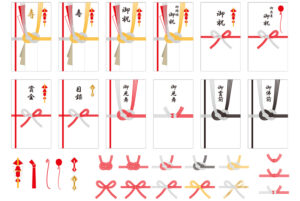
3. Visiting Habu Shrine (埴生神社)
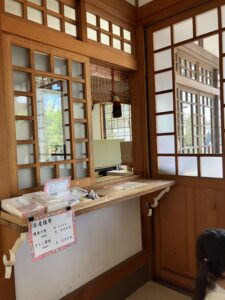
This time, I visited Habu Shrine (埴生神社) in Narita, Chiba Prefecture.
Steps for the Prayer Ceremony:
1. Register your name and address at the shrine.
2. Present the Hatsuho-ryo (offering money).
3. The ceremony itself lasts about five minutes.
4. The priest performs a purification ritual.
5. You offer a Tamagushi (玉串, sacred branch offering).
(Here is what a Tamagushi looks like!)
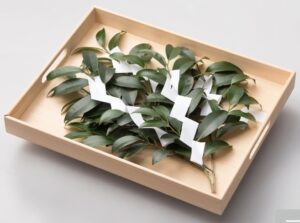
4. Souvenirs from the Shrine
After the ceremony, I received some gifts from the shrine! The package included:
• A protective charm (Omamori, お守り)
• A wooden prayer tablet (Ofuda, お札)
• Sweet sake (Amazake, 甘酒)
• A soap bar
• My pregnancy belly band (Haraobi, 腹帯), which was also purified during the prayer
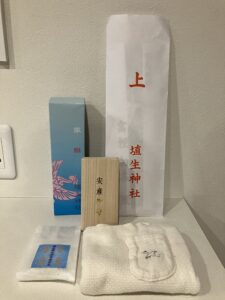
5. Bonus – “Water Omikuji” Fortune!
At Hanyu Shrine, they had a Water Omikuji (水おみくじ)!
This is a special fortune slip where the writing appears when dipped in water!
I got “Shokichi” (小吉, Small Blessing)!
That’s all about Japan’s Safe Childbirth Prayer!
How about in your country? Do you have any rituals or charms for a safe delivery?

無事に産まれてきますように
安産祈願
私も18週になり、日本では5ヶ月頃の安定期に入ると“戌の日”と呼ばれる日に安産祈願をしに行きます。
(必ずしも行かなければいけない、戌の日ではないといけない、というわけではない。)
戌の日にいく理由
戌の日の由来は、犬は1度に沢山の子を産み、分娩時間も短く、
多くの仔犬を短い時間で次々に産んでいく様子から犬は安産の象徴と考えられ、戌の日に安産祈願を行う風習が今も残っています。
日本には、干支があります。ちなみに今年は、辰年。
月や日にちにも12ごとに十二支が振り分けられており、月では1月から順に寅、卯、辰、巳、午、未、申、酉、戌、亥、子、午…と十二支が当てはめられます。日にちも同じで、1月1日から十二支が割り振られるため、12日に1度は戌の日が訪れます。
ややこしい初穂料の書き方、選び方
戌の日参りで祈祷を受ける場合、神社やお寺に費用として初穂料を納めます。
大体、¥5,000-¥10,000と言われています。
のし袋に入れて、納めるのが良いとされているのですが、
日本には沢山の種類があります。
基本的に赤いリボン(水引き)は慶事、お祝い事やめでたいことなど。
黒いリボンは弔事、お通夜、お葬式などに使います。

今回は安産祈願の場合のみ紹介します。
これがまた細かいルールがあって、
真ん中のリボン(水引きという)の結び方で、
リボンだと、何度も結び直せるから今回のような、安産祈願のような何回起こっても良いようなことに使います。
こちらの結び方だと、簡単に解けなかったり、1度結んだら戻せない為、婚礼などに使うそうです。
その他にも、表書きの書き方、送り主の書き方マナーなどもあります。
ちなみに、この中には、もう1枚白い封筒が入っていることがあって、中袋の書き方にもルールがあります。
最後に、お金についてですが、
綺麗なお札、新札を用意し入れる方向にも注意が必要です。
人物の顔が上に来るように、入れます。
いざ、ご祈祷
今回は、神社でご祈祷していただきます。
場所は千葉県成田市にある、埴生神社。ここは子育ての神と言われていて、安産祈願からお宮参り、七五三など沢山の方々が参拝に来られるそう。
ご祈祷前に、名前や住所を記入し、初穂料を納めます。
ご祈祷自体は5分ほど。
お祓いをしていただき、玉串を捧げます。
授与品紹介
お札
お守り
甘酒
石鹸
一緒にお清めしてもらった腹帯
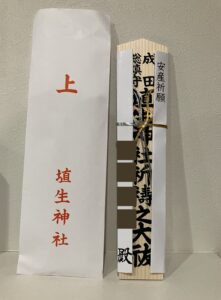
が入っています。
涼しげなおみくじ
埴生神社には水おみくじがありました!
濡らすと、文字が出てきます。ちなみに小吉。
以上!日本の安産祈願についてでした!
皆さんの地域では、どんな安産祈願ですか?面白いエピソードなどありましたら是非教えてくださいね!
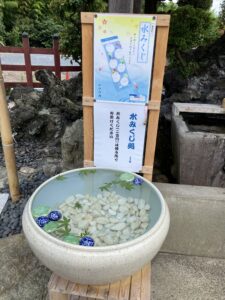
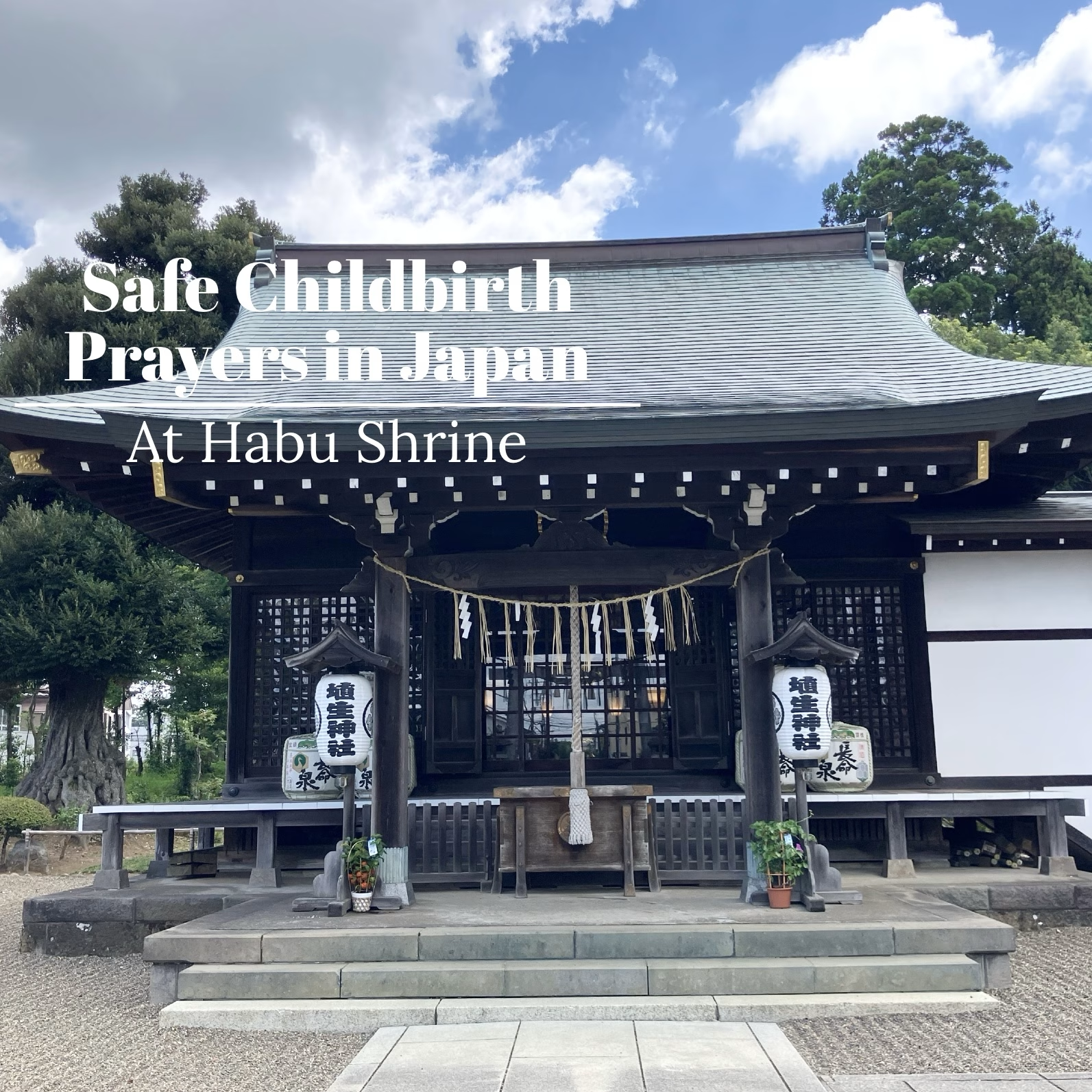
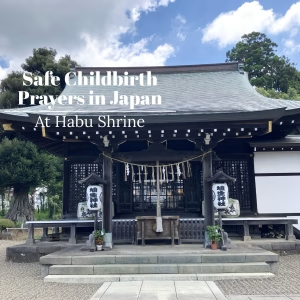

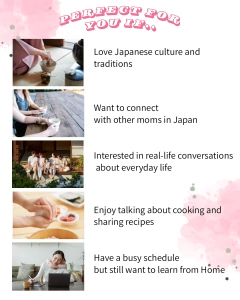
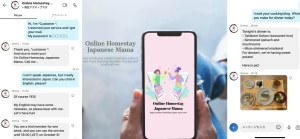
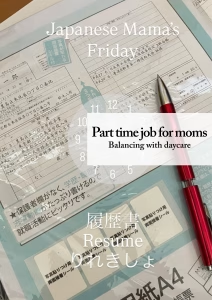




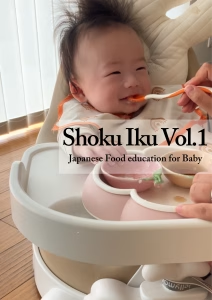


Comments